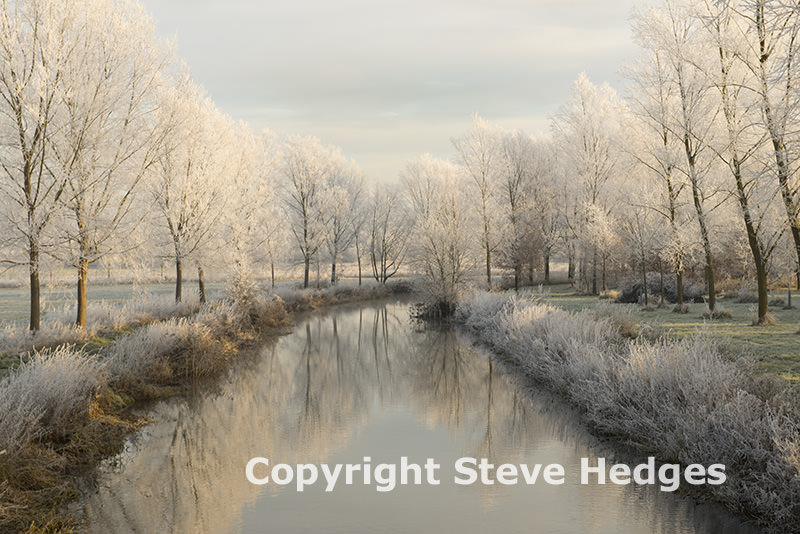We all know photographs are flat, but they don’t have to look it!
Although a photographic image can only be two-dimensional, (width and height) obviously the things we photograph are three-dimensional so it’s important to create a sense of that third dimension. When we look at a photograph, we can see which parts of the scene were close to the camera and which parts were further away and this is known as perspective.
So how do we use it?
Linear perspective is shown by the convergence of parallel lines formed by, say for instance a straight road, a fence, railway tracks. Although the lines are the same distance apart, they seem to get closer together with distance which suggests depth. To get the best of this effect, stand between the parallel lines, get down low and shoot with a wideangle lens.
Size recognition is another way to imply scale, depth and distance. If you include an adult in a shot this will imply an instant size comparison with other features in the scene, which will suggest scale.
Aerial perspective is based on the fact that colour and tone diminishes with distance. If you photograph a landscape on a hazy morning, the hills closest to the camera will appear darker in colour and tone than those that are further away. To get the best of this effect use a telephoto lens.
Diminishing perspective is simply based on the fact that if an object is further away from you, it will appear smaller.
Creating a sense of depth, scale and distance is vitally important especially in landscape photography. Always think about how you’re going to achieve this when you are composing an image.



